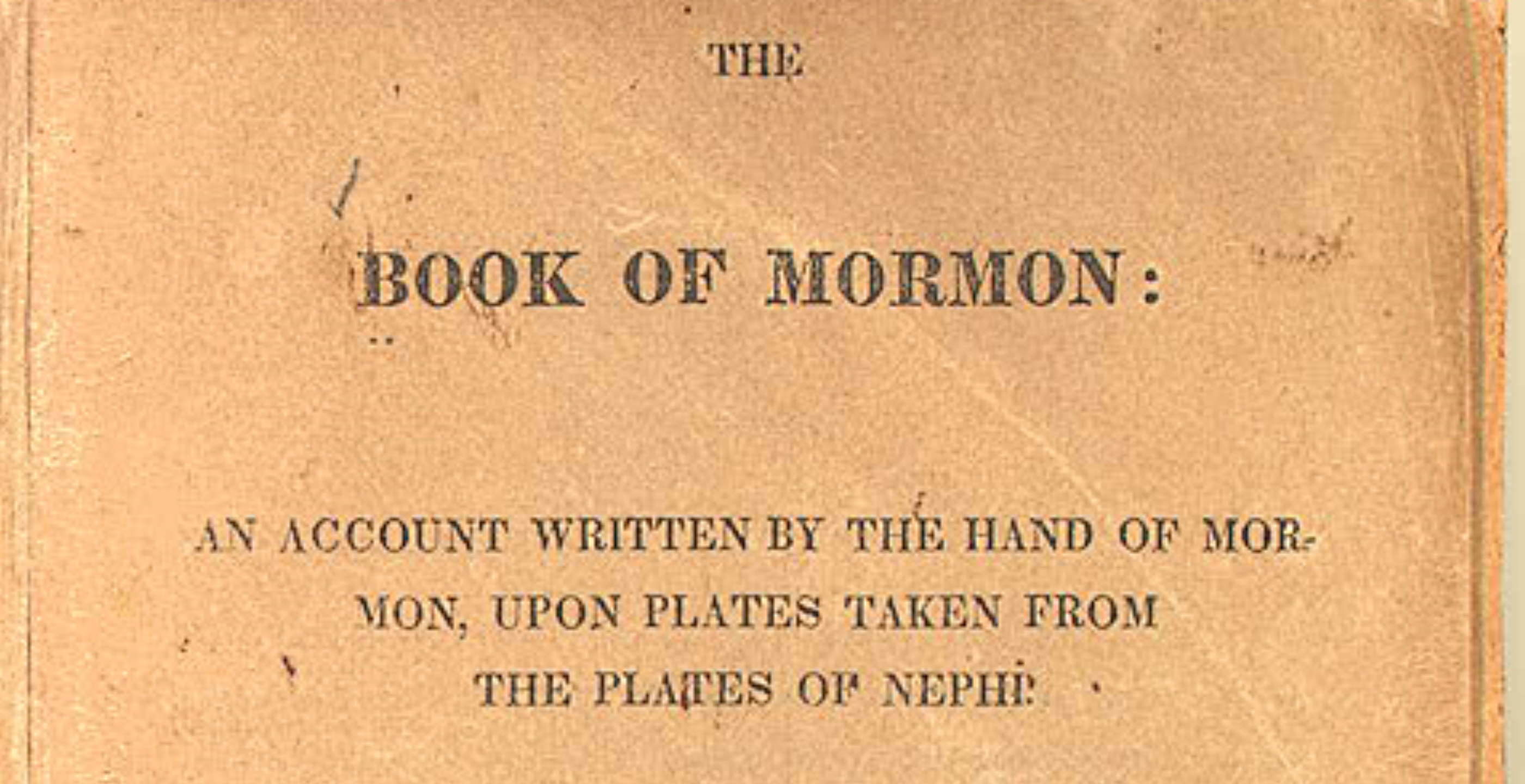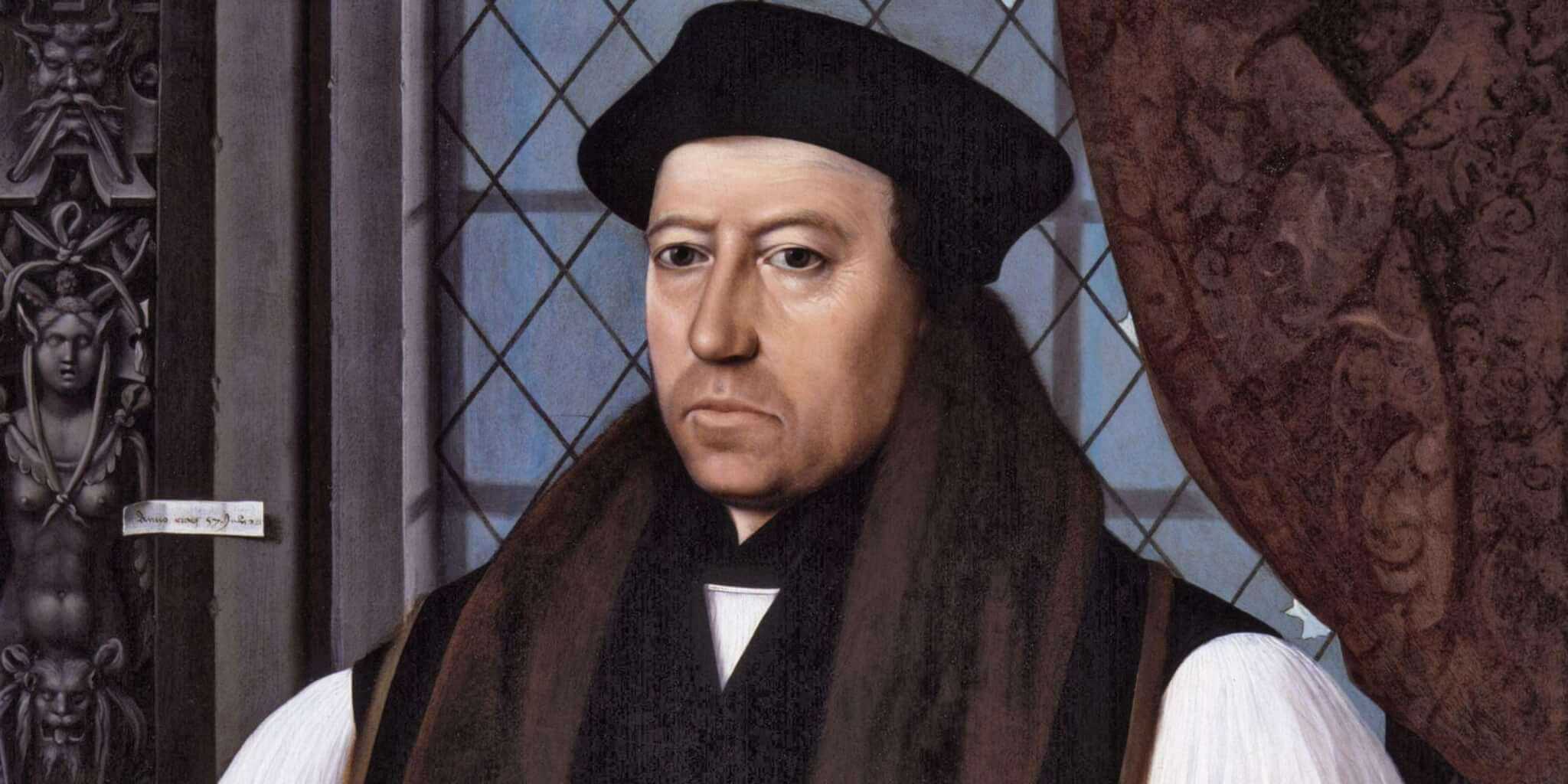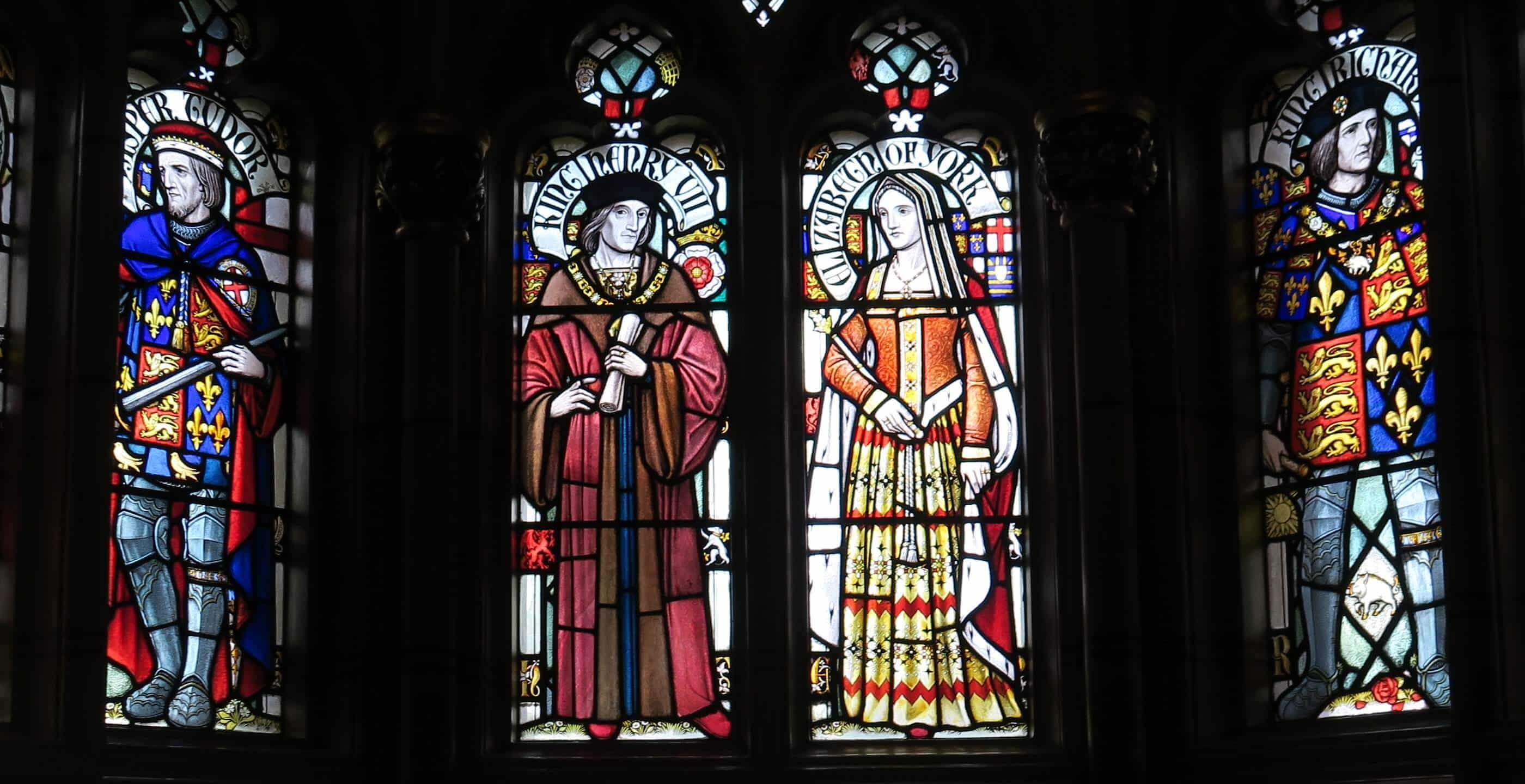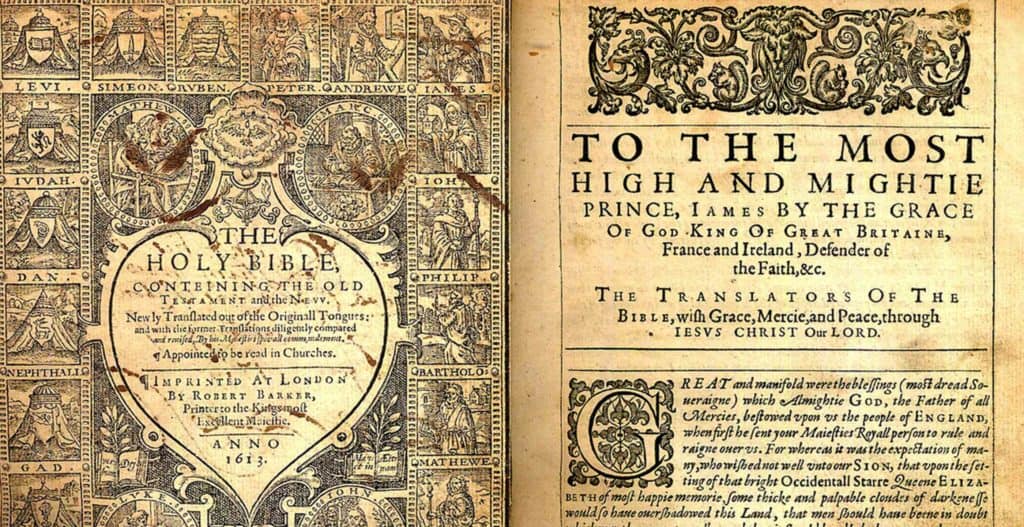The Church of Jesus Christ of Latter-day Saints, more often referred to as the Mormon Church, is based in Utah, in the United States of America. The church currently has an enormous global congregation with around 16 million worshippers, however very little is known about the Welsh Mormons and their religious and cultural history.
The story of the Latter Day Saint movement began in the early nineteenth century with the religious figure Joseph Smith, who published many texts including the Book of Mormon.
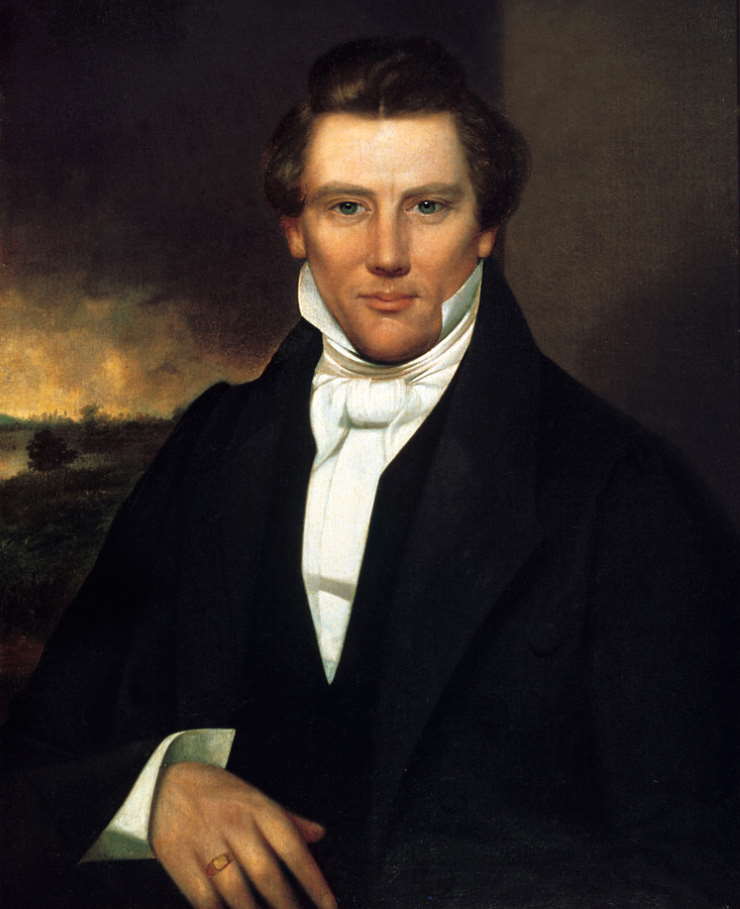
In 1844 the religious group experienced division as a conflict developed between Smith and some of his close associates. This disagreement led Smith to excommunicate the dissenters which unfortunately for him led to an escalation of tension, as William Law and Robert Foster set up a competing church.
That same year his adversaries brought charges against him including perjury and polygamy. Moreover, a publication was produced which criticised Smith and his position. In response, Smith supported the destruction of the publication as a public nuisance, thus inciting further tension between the two parties.
In the end, Smith made the decision to flee across the Mississippi River, although at the last minute he chose to surrender upon which he and his brother Hyrum were taken to Carthage, Illinois where they would stand trial. By the time they were arrested and thrown into prison the charges had been changed to treason. His religious conviction had earned him great fame and whilst some condemned him as a fanatic, others revered his teachings and became devout followers.
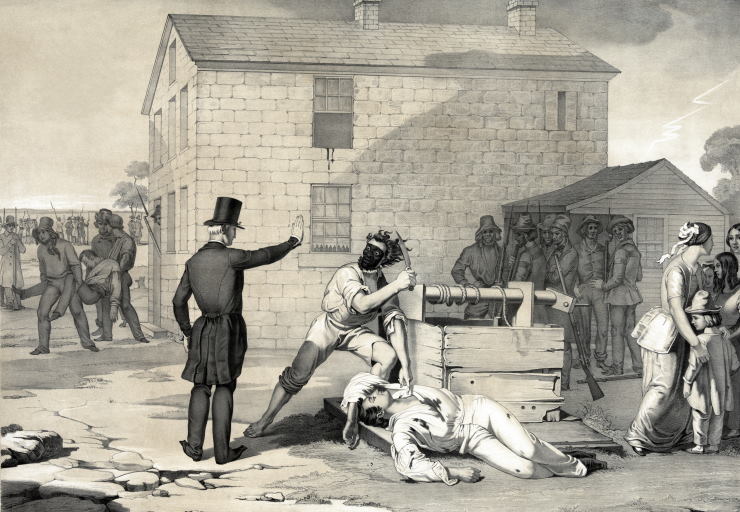
On 27th June 1844, Smith’s story came to a grisly end when he was killed after an armed mob stormed the jail in which he was being held. No one ever went to prison for his murder; he was later interred in Nauvoo at the Smith Family Cemetery.
His death however did not mark the end of this religious movement and his Church, instead the devout followers of the faith chose to remember him as a martyr to their cause.
Only a year later, across the Atlantic in the industrial Welsh town of Merthyr Tydfil, a Welshman began to spread the word, continuing the work of Joseph Smith. The key figure in the development of the Mormons in Wales was Dan Jones, an influential missionary who heard Smith’s final prophecy, that he would fulfil his mission in Wales.
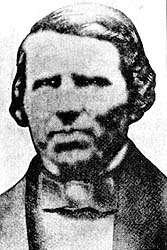
Dan Jones was born on 4th August 1810 in a small Welsh village called Halkyn, the son of Thomas Jones and Ruth Roberts and one of eight children. By the time he was sixteen he had become a sailor, hence many knew him later as Captain Dan.
In his twenties he became engaged to his childhood friend Jane Melling, a fellow villager. Three years later the young couple embarked on an exciting opportunity to emigrate to America where Dan became a captain along the Mississippi River on a steamship called the Ripple. It was here that he first was exposed to Smith’s teachings. The vessel he captained usually transported passengers between New Orleans and St Louis. Sadly for Jones, the Ripple encountered difficulties after hitting a rock and sank.
As Captain he found another job on the Maid of Iowa. It was during his work aboard the steamship on the Mississippi that Jones first came into contact with the Mormon Church who had settled in Nauvoo, a city along the river in Illinois.
Jones very quickly became interested in the religious movement and was keen to find out more. He subsequently engrossed himself in the teachings of Joseph Smith and soon became his good friend. In January 1843 he was baptised and for the rest of his life he served his mission as a member of the Church of Jesus Christ of Latter-day Saints.
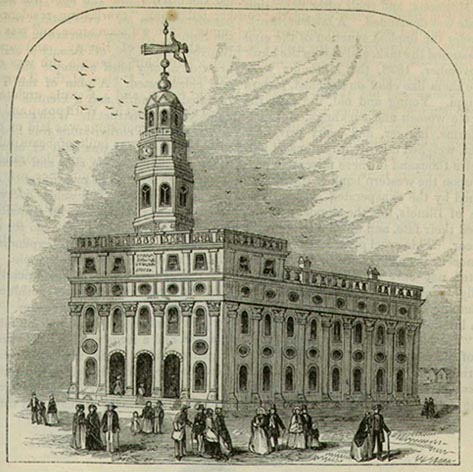
In April, he transported fellow members to be baptised, using his ship to transport around 300 converts to Nauvoo. Furthermore, as captain he also assisted in hauling materials for the construction of the Nauvoo Temple. Aboard the Maid of Iowa, Joseph Smith gave sermons and very soon the two men became very close.
Such was his involvement that Jones found himself in Carthage jail alongside Joseph and his brother Hyrum in June 1844. He offered the Smith brothers support in this time of crisis. The night before that fateful day where Smith would be murdered in cold blood, he and Jones sat down and had a frank conversation in which Smith asked him if he was afraid of death. Jones replied honestly and Smith’s last words to his companion were said to have been, “You will yet see Wales and fulfil the mission appointed to you before you die”. This is referred to by many as the last prophecy.
On 27th June 1844, Jones left the jail, carrying with him a letter to Smith’s lawyer. As he left on horseback, bullets were suddenly fired at him but fortunately for Jones he escaped unharmed. As he made his way in a panic to Quincy to meet with Smith’s lawyer he learned of the fate of Joseph and Hyrum.
Later that year, Jones and his wife travelled back to Britain, accompanied by Wilford Woodruff and a few others who were to take up work as missionaries in Britain. In Wales at that time, there were around 200 Latter-day Saints.
Initially, his efforts proved unsuccessful and he was met with great opposition by the established church including the Welsh Baptists.
Nevertheless, his missionary work ultimately proved successful, as under his guidance the number of followers grew. In just three years, Jones’s leadership and missionary work had led to around 3,500 baptisms within the Mormon Church. Considering the size of the population at the time, this was a significant number of Welsh people who were now converts in the Church of Jesus Christ of Latter-day Saints. The impact of his work was such that when Jones left Wales, there were around 70 branches of the church and almost 5,000 members.
Jones’s work was ground-breaking. In 1846, he launched a publication entitled, “Prophet of the Jubilee” which was produced in Welsh. This would be the first of many Welsh-language publications, making the church more inclusive and representative of the local population.
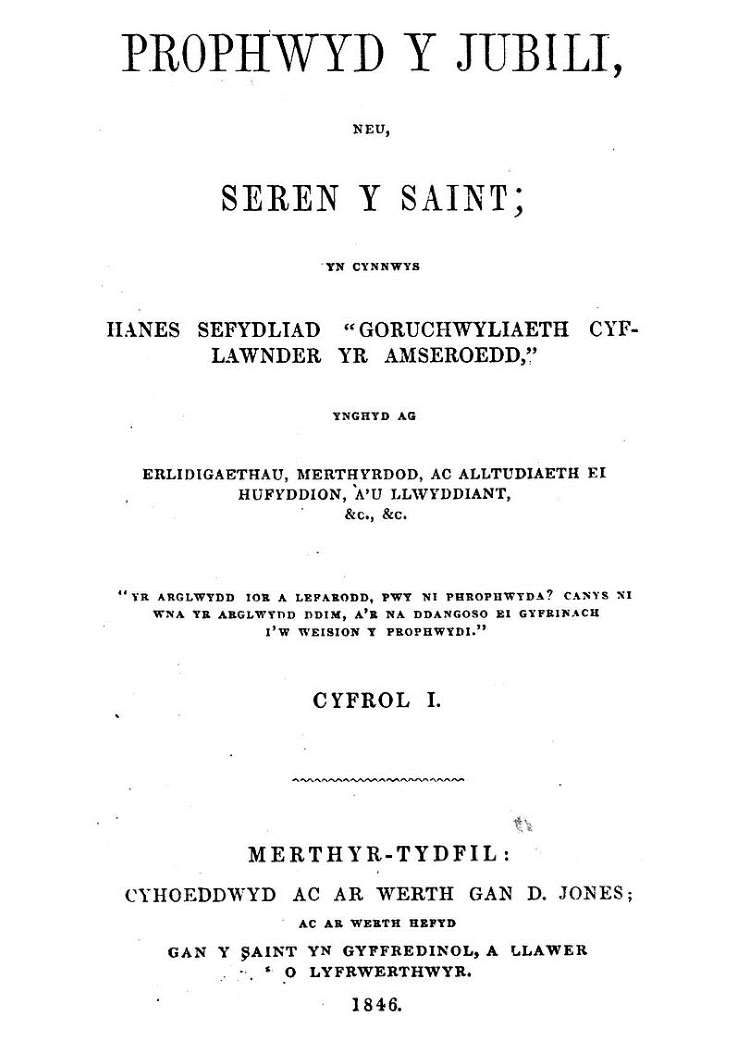
By February 1849, it was time for Jones to leave Wales and return to America, although he was not alone; he was accompanied by more than 300 Welsh converts.
Sailing from Liverpool to New Orleans, the congregation arrived by riverboat to Council Bluffs, Iowa where they went on to establish the first Welsh-speaking branch of the Mormon church in America, with Dan Jones serving as branch president.
Jones and his fellow pioneers journeyed on to Utah, where they settled in Manti and in 1851, he found himself serving as mayor. His life in America was dedicated to the church; he served in various capacities, practiced plural marriage and involved himself with his local community.
Not soon afterwards however the church president at the time, Brigham Young called on Jones to return to his missionary activity in Wales. This task Jones completed with much fervour and devotion, continuing his work until 1856, baptising a further few thousand converts, many of whom were destined for a life across the Atlantic where they would eventually settle in Utah.
His second mission to Wales was as successful as the first one. By 1852 he had overseen the translation of the Book of Mormon into Welsh and had also served as an editor of the Udgorn Seion, which was a church periodical in the Welsh language.
At the end of his second mission to Wales he returned once more to America. However all the travelling eventually began to impact his health and at the age of fifty one he passed away from tuberculosis at Provo, in Utah Territory.
He left behind six children from his marriages and was survived by his two most recent wives, his first wife Jane having passed away only a year before.
His legacy in the Mormon Church and in particular for the Welsh congregation was extensive and long-lasting. His missionary activity defined not only his life but also the lives of many others who converted and joined the growing congregation, starting new lives in America.
Jessica Brain is a freelance writer specialising in history. Based in Kent and a lover of all things historical.
Published: 13th February 2020.
